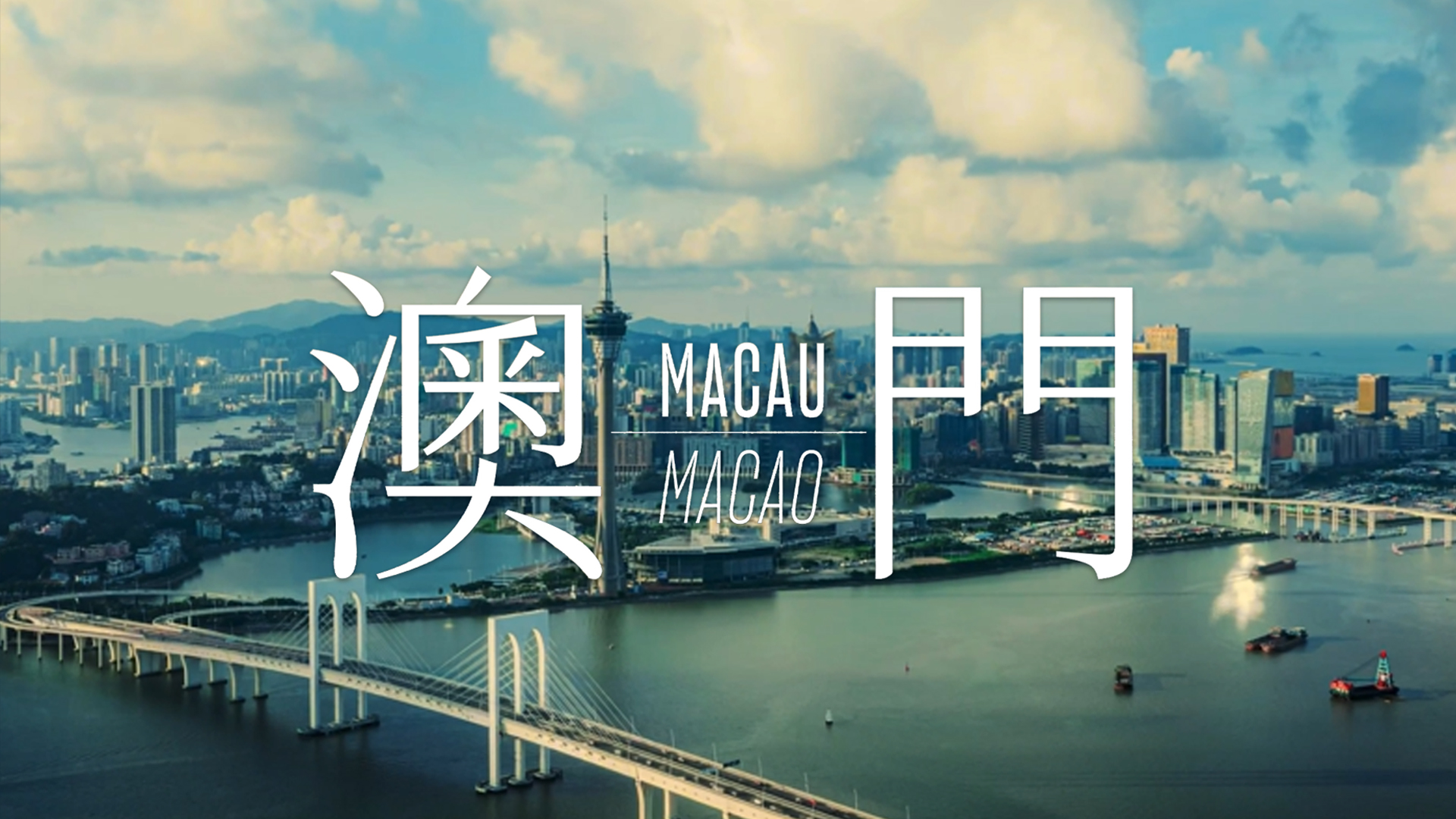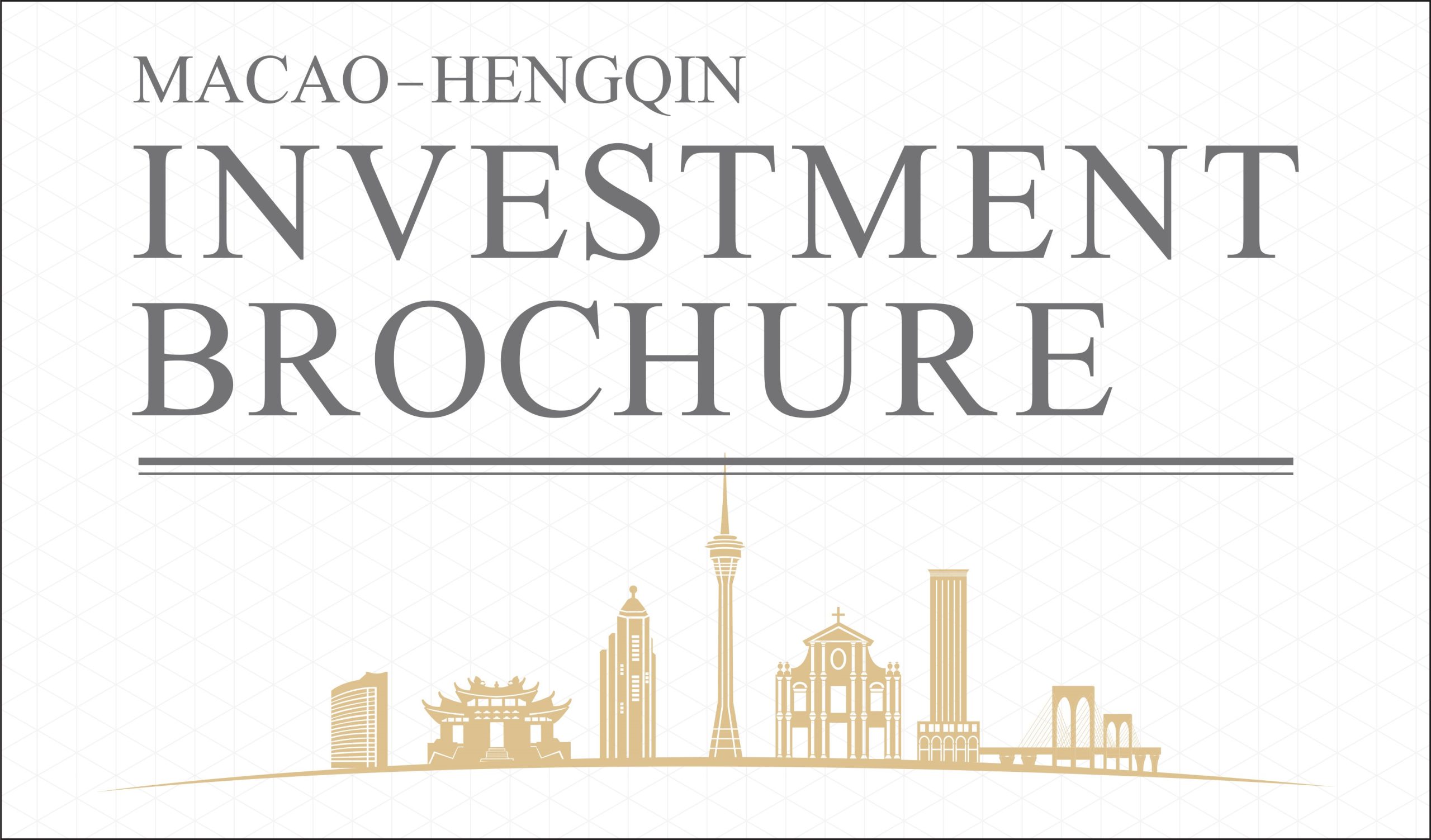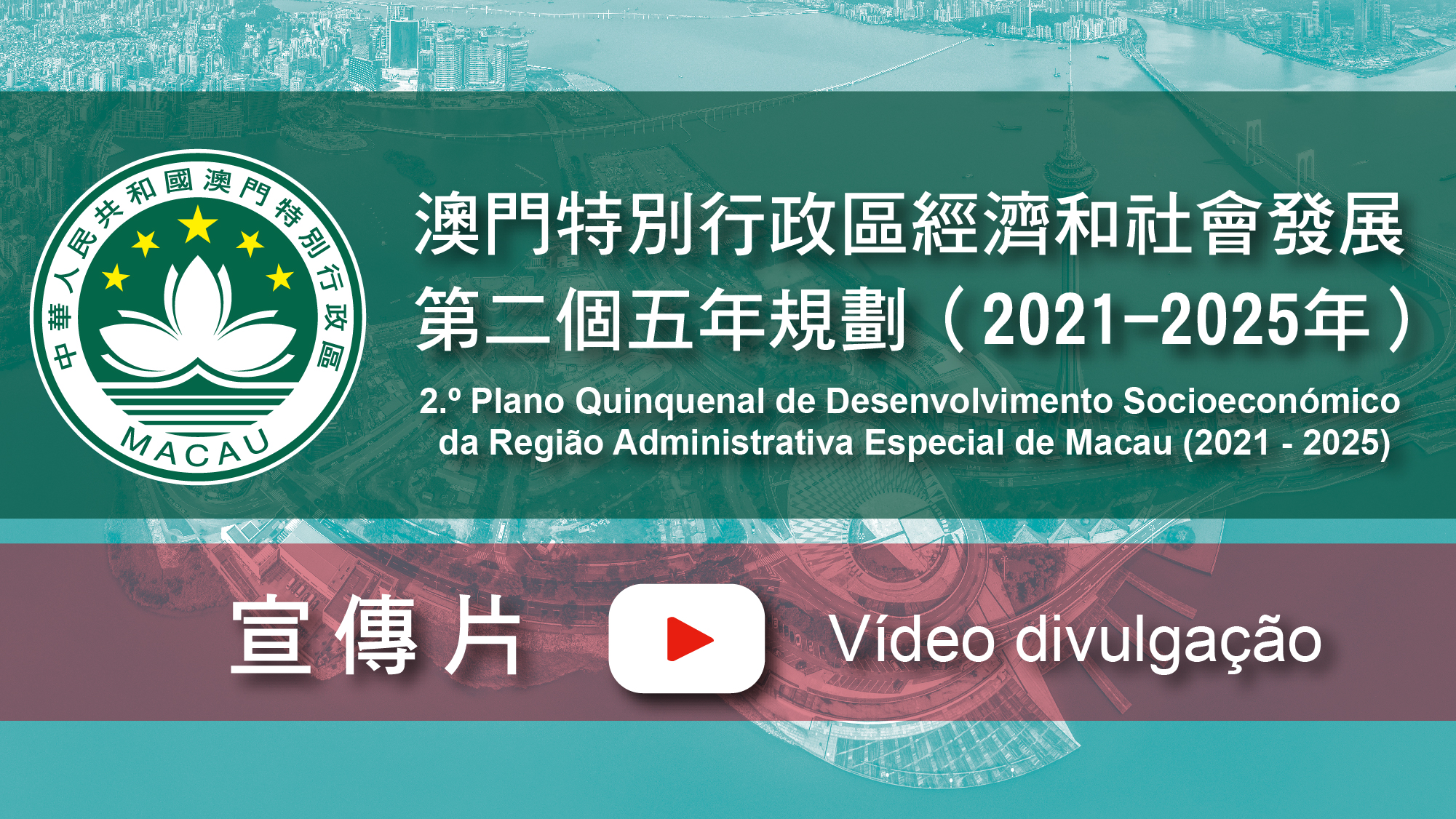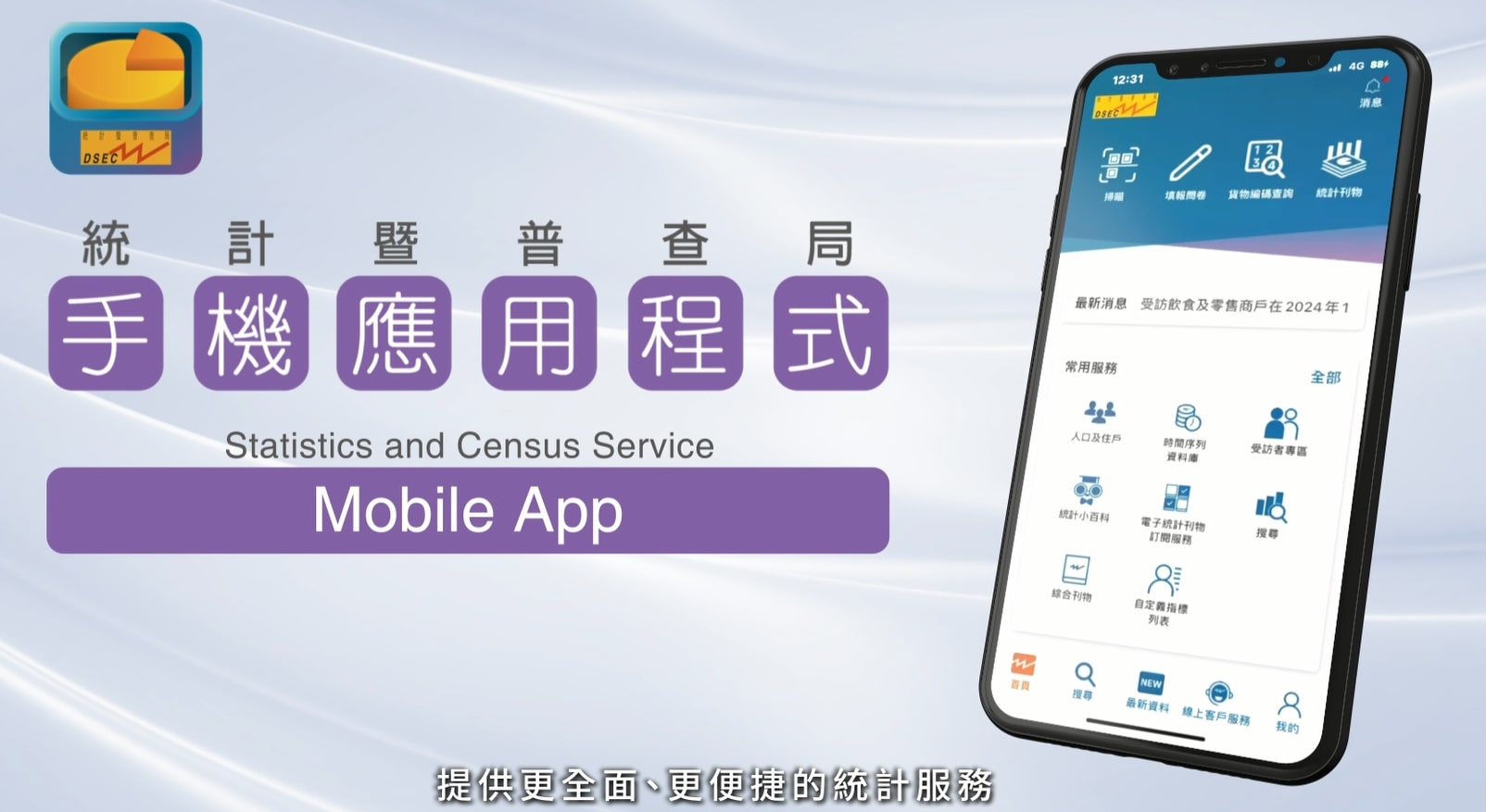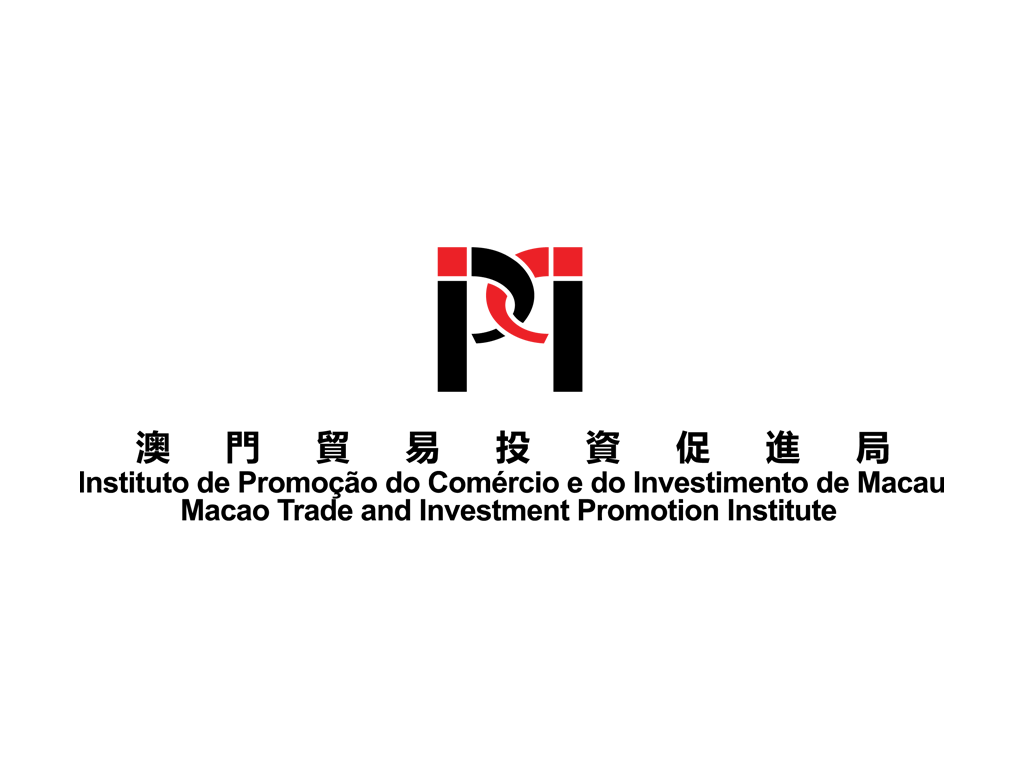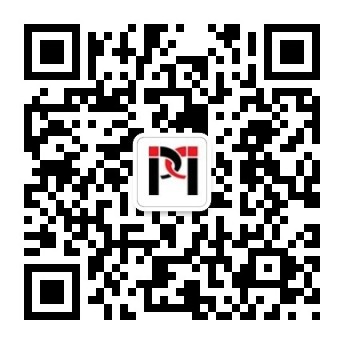Search Issues
Papua New Guinea
The Independent State of Papua New Guinea – commonly known as Papua New Guinea – is located in the southwestern part of the Pacific Ocean. Papua New Guinea shares land border with the Indonesian province of Papua to the west and faces Australia across the Torres Strait on the south.
The country encompasses more than 600 islands, including New Britain, New Ireland, Manus, Bougainville and Buka. Papua New Guinea covers an aggregate land area of 462,840 square kilometres, and has 8,300 kilometres of coastline. Around 98 percent of the country’s population of more than eight million people are of Melanesian descent. They are joined by a Chinese population of about 10,000.
English is one of Papua New Guinea’s official languages and Christianity is the religion with the most followers in the country. Port Moresby is the capital and largest city of Papua New Guinea.
The country is richly endowed with natural resources: its main industries include mining, oil extraction and agriculture. In recent years, the local government has focused on promoting economic growth, having developed a series of strategies with that goal in mind, including the “Papua New Guinea Development Strategic Plan 2010-2030” and the “Papua New Guinea Vision 2050”. Such strategies have created a policy environment relatively stable for economic and social development, with the country achieving 15 consecutive years of economic growth. In 2018, Papua New Guinea recorded US$23.4 billion in gross domestic product (GDP), representing an annual growth rate of 0.4 percent in real terms.
While continuing to nurture links with neighbouring countries such as Australia, New Zealand and other South Pacific nations, as well as with countries in Europe and the Americas, Papua New Guinea has been increasingly strengthening its ties with East and Southeast Asian nations. Major trading partners include Australia, China, Japan, Malaysia, New Zealand and Singapore.
Papua New Guinea has official diplomatic relations with more than 70 countries; it is a member of a number of international organisations such as the United Nations (UN), the Non-Aligned Movement (NAM), the Asia-Pacific Economic Co-operation (APEC) forum and the Association of Southeast Asian Nations (ASEAN). In 2018, Papua New Guinea hosted the 26th APEC Economic Leaders’ Meeting.
Since the establishment of official diplomatic relations between the People’s Republic of China and Papua New Guinea on 12 October 1976, there has frequently been exchanges of visits involving leaders of the two countries; each country has also established an embassy in the other nation. The signing of an agreement between China and Papua New Guinea on mutual exemption of visas for diplomatic, service and public affairs passports holders, has further deepened diplomatic co-operation between the two countries. China has closed economic and trade cooperation with Papua New Guinea, being also a major trade partner of the country. The two sides have signed a number of economic and trade agreements, including but not limited to: the “Belt and Road” Initiative Memorandum of Understanding, endorsed in June 2018; the Framework Agreement between the Government of the People’s Republic of China and the Government of the Independent State of Papua New Guinea for Developing Co-operation on Production Capacity, signed in July 2016 and an Intergovernmental Trade Agreement, concluded in July 1996.
Business Environment in Papua New Guinea
Papua New Guinea is rich in energy and mineral resources. It ranks 11th and 10th for gold and copper production respectively worldwide, while oil and natural gas reserves are abundant. The country has 20 million tonnes of proven copper reserves; gold reserves stand at 3,110 tonnes and those of crude oil at 600 million barrels; copper-gold reserves amount to about 400 million tonnes. In addition, the country is also rich in gold resources, chromium, nickel, bauxite and other minerals. The oil reserves of two major oil fields, Kutubu and Gobe, are estimated at 400 million barrels. The proven reserves of natural gas stand at 7 trillion cubic feet with estimates pointing to total reserves of 15 trillion cubic feet.
Tropical forests cover an area of around 36 million hectares in Papua New Guinea, accounting for 86.4 percent of the country’s total land area. The volume of total forest stock amounts to 1.2 billion cubic metres, with usable volume standing at 360 million cubic metres. Top forestry-related exports include logs and processed products such as furniture, plywood, flooring and other types of construction materials.
Agriculture provides a livelihood for 85 percent of the country’s people. Main agricultural products include: dried coconuts, cocoa beans, coffee, natural rubber and palm oil. In addition, Papua New Guinea has rich fishery resources: its tuna stock accounts for around 20 percent of the world’s reserves.
In terms of air transportation, the total number of registered airfields in Papua New Guinea exceeds 500: most are small facilities and located in remote areas; only a few are able to serve large aircraft.
International routes to Australia, Mainland China, Japan and Singapore fly from Jacksons International Airport. The country is also linked to Australia, Hong Kong, Japan and Singapore and other Pacific islands via by sea. The main ports are Port Moresby, Lae and Rabal. Papua New Guinea has an aggregate 30,000 kilometres of roadway.Num quam faccus esequas aut plitae nos et dolenis quosam fuga. Nos quas verunt alique ate ipiet laut faccusc iasperum quisqui untotatios del minctiumqui a sitiusam, sedi quam, utem que pro voluptatur, sit fugiatis ut mint aliqui
Main Economic Indicators in 2018
| Gross Domestic Product (Current US$ billion) | 23.4 |
| GDP Per Capita (Current US$) | 2,722.60 |
| Real GDP Growth (annual %) | 0.40% |
| Inflation, GDP Deflator (annual %) | 8.30% |
| Country Area (square kilometres) | 462,840 |
| Population | 8,606,316 |
Source: World Bank, https://data.worldbank.org/
Major Business and Trade Partners of Papua New Guinea (2018)
| Main Destinations for Exports | Total Exports(US$ million) | % |
| Australia | 1,454.10 | 19.4 |
| Singapore | 1,317.70 | 17.6 |
| China | 1,254.10 | 16.8 |
| Japan | 994.2 | 13.3 |
| Main Origin for Imports | Total Imports(US$ million) | % |
| Australia | 1,828.40 | 34 |
| China | 888.8 | 16.5 |
| Singapore | 596.1 | 11.1 |
| Malaysia | 514.3 | 9.6 |
Source: International Monetary Fund, https://www.imf.org/en/Data
Statistics on External Trade
(US$ million)
| Year | Total Trade | Exports | Imports |
| 2018 | 12,862.90 | 7,478.20 | 5,384.70 |
Main exports: copper, gold, mineral resources, logs, crude oil, liquid natural gas, coconut oil, cocoa, coffee and palm oil.
Main imports: machinery and transportation equipment, food, fuel and chemicals.
Sources: Ministry of Foreign Affairs of the People’s Republic of China, https://www.fmprc.gov.cn/
International Monetary Fund, https://www.imf.org/en/Data
Bilateral Trade between Macao and Papua New Guinea (US$)
(unit: US$ Billion)
| Year | Total Trade | Exports | Imports |
| From January to July 2019 | 6,847.90 | 4,008.80 | 2,839.10 |
| 2018 | 12,899.00 | 4,649.00 | 8,250.00 |
Source: Macao Statistics and Census Service, https://www.dsec.gov.mo/
Source:
World Bank
https://data.worldbank.org
International Monetary Fund
https://www.imf.org/en/Data
Ministry of Foreign Affairs of the People’s Republic of China
https://www.fmprc.gov.cn
General Administration of Customs of the People’s Republic of China
http://www.customs.gov.cn
Macao SAR Government Statistics and Census Service
https://www.dsec.gov.mo



